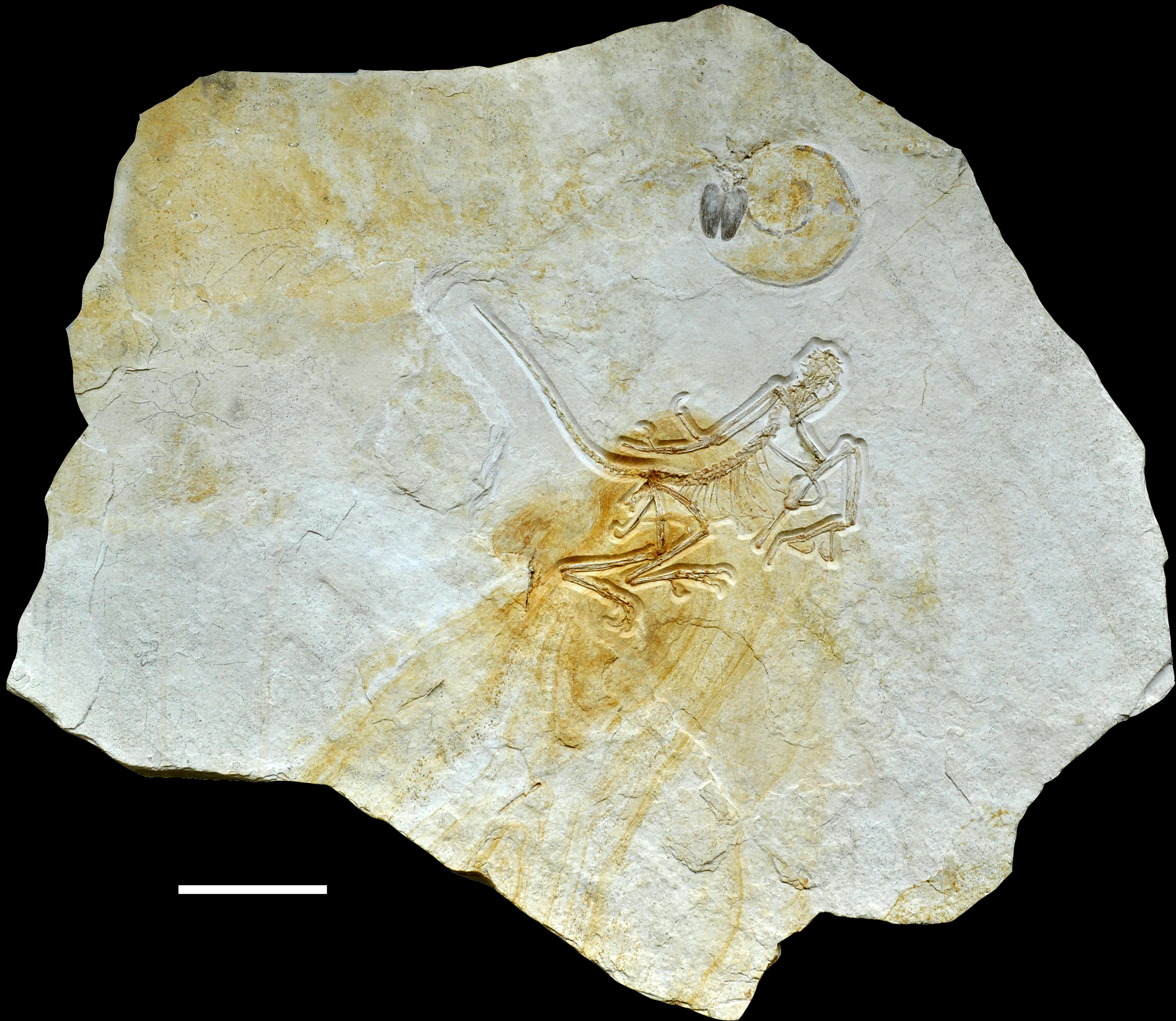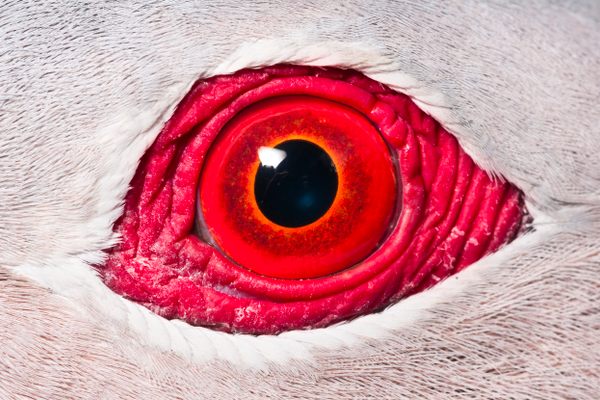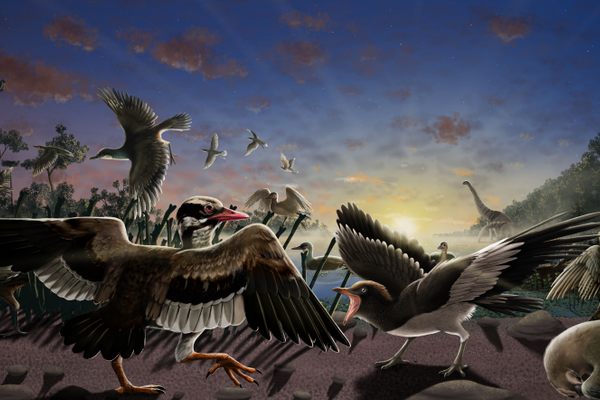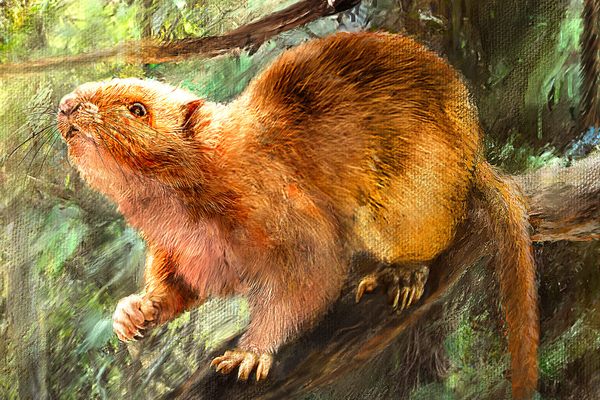Found: Evidence That Archaeopteryx Evolved Like Darwin’s Finches
When southern Germany was an archipelago, these bird-like dinos may have specialized by island.

Over the years since the first Archaeopteryx fossils were found, in 1861, scientific opinion on them has evolved. The feathered dinosaur that represents an evolutionary transition to modern birds, lived in Bavaria, in southern Germany, around 150 million years ago, at the very end of the Jurassic. At the time the region was covered by a shallow sea and home to subtropical islands—the Solnhofen Archipelago—that stretched all the way to the Mediterranean.
In 2010, scientists found the 12th Archaeopteryx fossil and its analysis is helping rewrite what we think we know about them yet again. This new research suggests that there may not have been just one Archaeopteryx, but rather that they evolved across the Solnhofen Islands in the million years they spent on Earth.
A team of experts led by Oliver Rahut, of Ludwig-Maximilian University of Munich, compared the fossil to previously found specimens, and noticed that each had a different tooth structure. (They also concluded that the first fossil, a feather only, is probably not an Archaeopteryx, dropping the total of known specimens to 11.)


“When Darwin visited the Galapagos Islands, he found finches that were very similar generally, but differed in the shape of their beaks,” Rahut says. “Darwin could show that these finches represented different species, all with their special adaptation to a certain food source, hence the differences in beak morphology.” The finches descended from a common ancestor and evolved to exploit different food sources on different islands.
“Archaeopteryx also inhabited an archipelago of tropical islands that its ancestor probably invaded a short time before,” he says. “The different patterns in the dentition in Archaeopteryx might also indicate different food adaptations.” Darwin would have approved.















Follow us on Twitter to get the latest on the world's hidden wonders.
Like us on Facebook to get the latest on the world's hidden wonders.
Follow us on Twitter Like us on Facebook